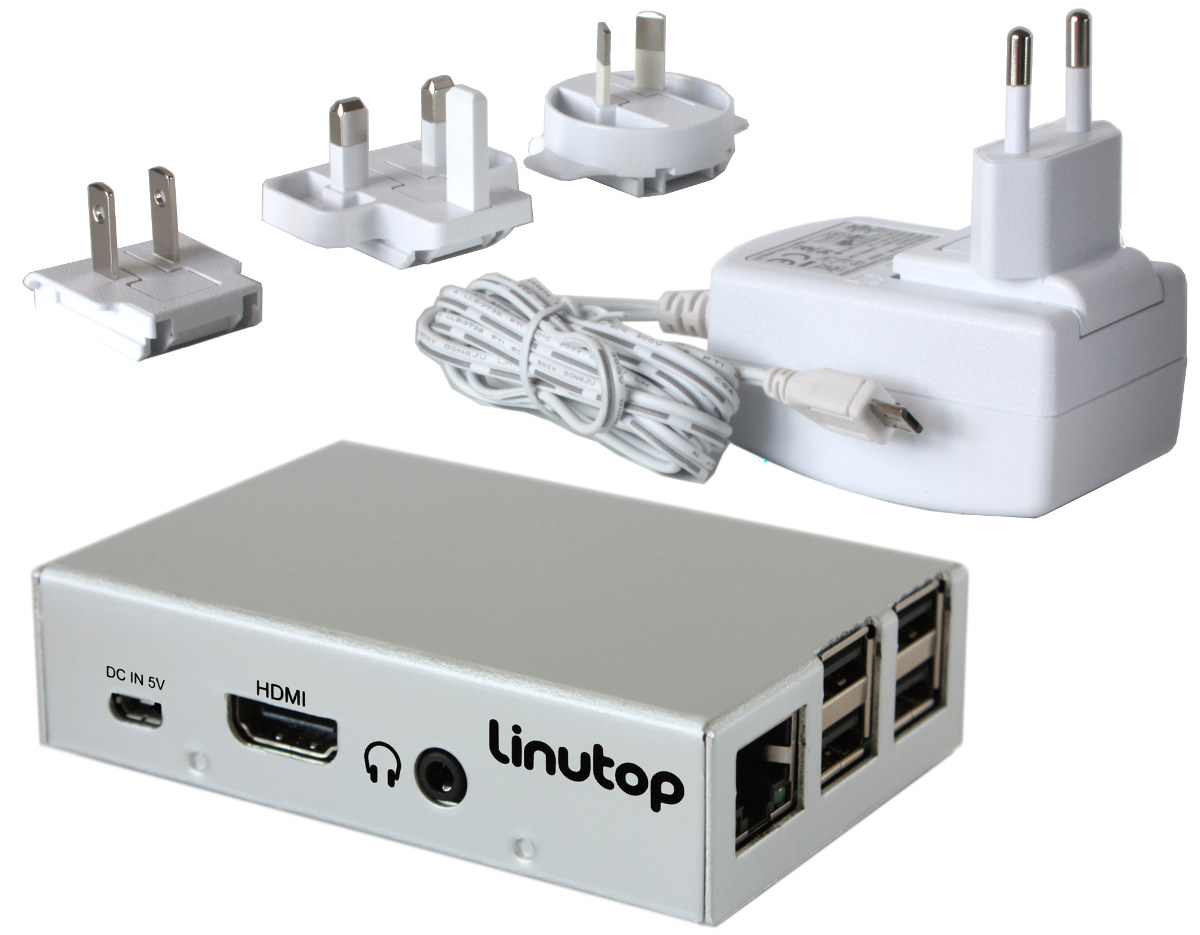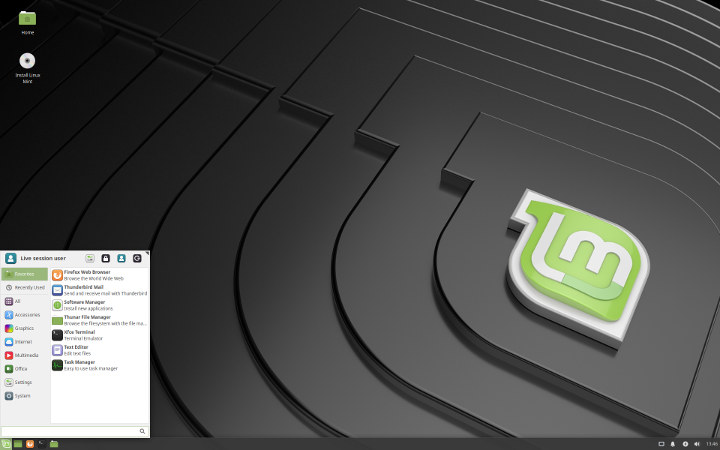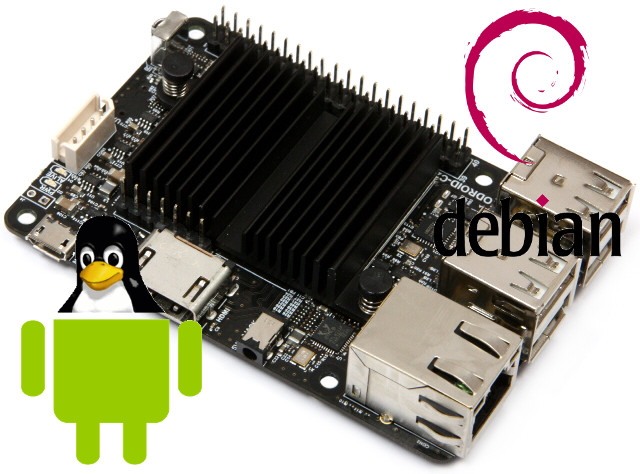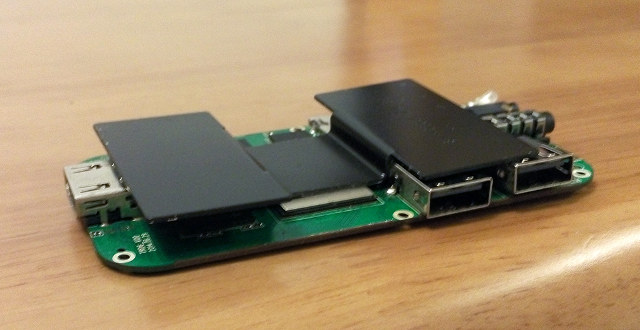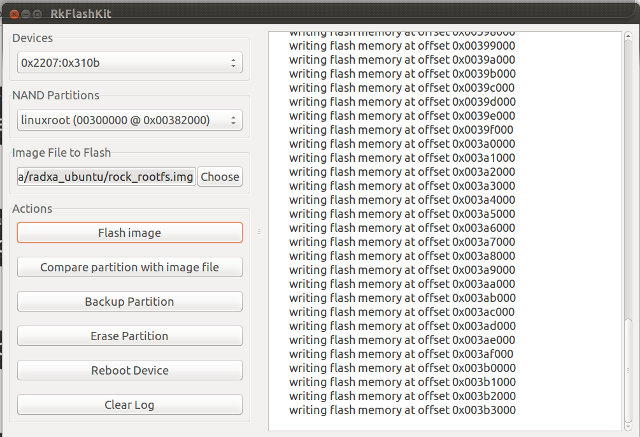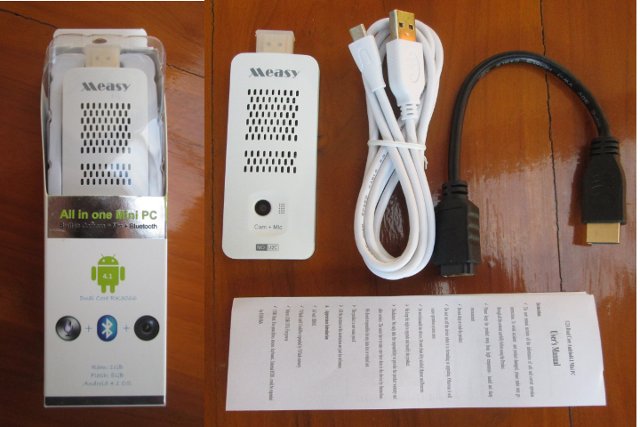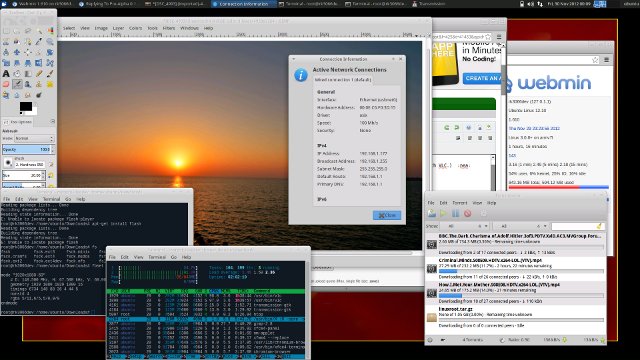Linutop is a French company offering software and hardware solutions for digital signage and secure web kiosks, and this morning we received an email about Linutop OS now working on Raspberry Pi 4 board. Linutop OS is a Xubuntu (x86) or Raspbian (Arm) based OS using XFCE desktop environment, and shipping with the company’s Linutop Kiosk program used to setup a web kiosk or a digital signage player controlled via Linutop TV Digital Signage CMS (Cloud or self-hosted). The kiosk/DS software and the content management system (CMS) are not open-source, but there are free demo versions. If you want to install the full version it will cost you 79 Euros, and a self-hosted license for the CMS goes for 196 Euros. The company also offers Arm and x86 digital signage players based on Raspberry Pi or UP Board SBCs. Linutop XS/XS3 Linutop XS is based on a Raspberry Pi 2 […]
Linux Mint 19 “Tara” Cinnamon, MATE and Xfce Released
A few days ago, we wrote about the launch of Mintbox Mini 2 / Mini 2 Pro (MBM2), an Intel Apollo Lake Linux mini PC that will ship with Linux Mint 19, and that will start getting into hands of users around mid July. The Mint team has now officially announced the release of Linux Mint 19 – codenamed “Tara” – with the default Cinnamon desktop environment, as well as variants with MATE or Xfce. Linux Mint 19 is a long term support release which will be supported until 2023, and comes with several new features and improvements including: Timeshift – Utility that allows you to go back in time and restore your computer to the last functional system snapshot, and manages updates. Update Manager – Now relies on Timeshift for updates, supports automatic updates through a option in the preferences, adds “lowlatency” kernels support New Welcome Screen – More […]
VolksPC OS Runs Android and Debian Simultaneously on ODROID-C2 Board
Most development boards and some TV boxes offer a dual boot image with Android and a Linux distribution. To run an Android app, you need to boot to Android OS, and if you decided you need to run Linux, you then need to reboot to the Linux OS, and you can’t simply use Alt+Tab to easily and quickly switch between Android and Linux apps. But VolksPC offers just that: the ability to run Android and Debian side-by-side, and I tested their MicroXWin unified distributions with MK808B TV stick powered by Rockchip RK3066 processor a few years ago. It was early stage at the time (July 2014), and there was some stability issues.The company has kept working on their solution, but focused on more powerful hardware, and they have now released VOLKSPC OS for ODROID-C2 with Debian XFCE and Android Marshmallow, which will run both Android and Debian applications at the […]
Android 4.4 and Ubuntu 14.10 Tested on Ugoos UM3 mini PC (Rockchip RK3288)
A few days ago I posted pictures of Ugoos UM3, a cute mini PC powered by Rockchip RK3288 quad core Cortex A17 processor, with 2GB RAM, 8GB internal storage, a few USB ports, and Wi-Fi 802.11 b/g/n/ac connectivity. There are so many Rockchip RK3288 based TV boxes and sticks on the market, that it has become difficult to differentiate, so Ugoos has decided to support not only Android 4.4 like all their competitors, but also Ubuntu 14.10, and they’ve provided an alpha release of dual boot Android / Ubuntu images for Ugoos UT3 and UM3 models. Yesterday, I flashed the latest Android/Ubuntu firmware for UM3, and tested the image, so today I can report my findings. First of all, I’d like to point out that I received an earlier sample with various flaws that I reported to Ugoos, and they’ve already committed to fixes: 5V/2A power adapter is not powerful […]
Getting Started with Raxda Rock – How to Generate and Flash Ubuntu Saucy Server and Desktop Images
I’ve already written a guide showing how to build and install Android in Radxa Rock. Today I’m going to build the Linux kernel, generate a Ubuntu server images based latest Ubuntu Linaro server release, flash the image to the NAND flash, and show how to install LXDE or XFCE desktop environment. If you are just interested in installing one of the latest supported images, you can download Android, dual boot (Android/Ubuntu), Ubuntu ALIP, and Router images for Radxa Rock @ http://dl.radxa.com/rock/images/, and skip “build” and “generate” instructions, and just follow the flashing instructions below. All steps in this tutorial will be done in Ubuntu 13.10, and lots of the instructions below follow hwswbits blog and Ubuntu Radxa Wiki. Build the Linux kernel Let’s start by building the Linux kernel. I’m assuming you’ve already install development tools in Ubuntu (e.g. apt-get install build-essentials). You can refer to the list at the beginning […]
Fedora 20 “Heisenbug” Release Makes ARM a Primary Architecture
Fedora has been supporting ARM architecture for a while now, but it was only as a secondary architecture without official support. With the recent Fedora 20 release, nicknamed “Heisenbug”, the ARM architecture, more exactly ARMv7 hard float and greater, is promoted to a primary architecture meaning ARMv7 will have the same status as x86 and x86_64 architectures with packages officially build and supported by the Fedora community. What it does not mean however, due to the nature of ARM architecture, is that you can simply download an ISO to install on any ARM platforms, like you would do on an Intel or AMD computer. It’s a little more complicated than that, as it is platform specific, but instructions are available for the Beaglebone Black, Compulab Trimslice, the Wandboard, Calxeda Energycore Midway and Highbank, and Versatile Express in QEMU. You can download images with MATE, KDE, XFCE, LXDE, SOAS desktops, as […]
Measy U2C Gets Finless ROM and PicUntu Support
A few weeks ago, I reviewed Measy U2C, a Rockchip RK3066 mini PC with a webcam using the stock Android firmware. Since then other people received the device, and started to work on improving it notably by releasing a Finless ROM and providing instructions to install PicUbuntu on the device. Bob Finless is Freaktab.com administrator., and he has released popular custom ROM for the most commonly RK3066 mini PCs, and this time it’s Measy U2C turn! Measy U2C Finless ROM This first custom ROM is based on the latest ROM released on Geekbuying (March 1st, 2013) that fixes the CPU frequency, and let the device now achieve 9200 Antutu score. The Finless ROM brings the following improvements: Fully rooted with the latest SU and SUperUser.apk. All Google apps updated to latest, except Google Search. Deleted unusable and junk apps. Cleaned up the file system with tune2fs. Increased “system” space for […]
PicUntu – Rockchip RK3066 Linux Distribution for mini PCs (UG802, MK808, …)
Many people are using RK3066 mini PCs because they currently offer the best performance to cost ratio, but until now they were mainly limited to Android Jelly Bean, although there was some preliminary port of Ubuntu available for the devices. Now, this preliminary port has become a specific Linux distribution for Rockchip RK3066 PCs-on-a-stick called PicUntu, which is based on Ubuntu 12.10, and can optionally support Xfce or Gnome desktop environments. This distribution is known to work on UG802 and MK808, but should also work on some other RK3066 mini PCs such as iMito MX1. The latest version is Picuntu 0.9 RC 2.2, and features such as WiFi, Ethernet, HDMI audio, USB webcam are known to work, What you won’t get, however, is hardware video decoding and GPU support since Rockchip does not provide the relevant binary files for Linux, but this does not seem to stop the developers from […]


